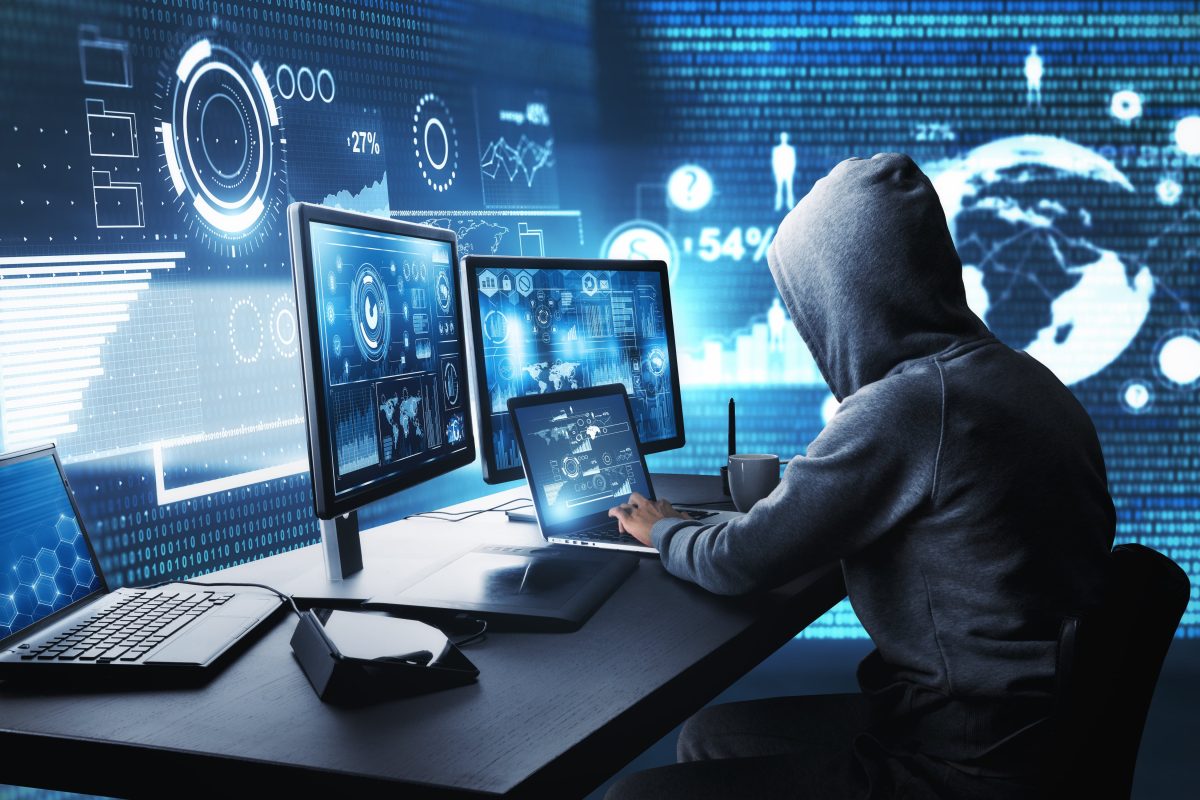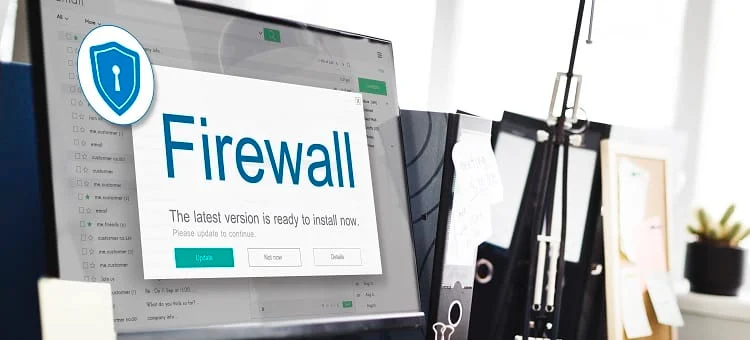How to Keep Your Computer and Data Safe from Hackers
Cyber threats are increasing every day, and hackers are always looking for ways to steal personal data, financial information, and access computer systems. Whether you use a computer for work, school, or personal use, it’s important to take proactive steps to protect your device and sensitive data from cybercriminals.
In this guide, we’ll explore essential cybersecurity tips to help you stay safe from hackers.
1. Use Strong and Unique Passwords 🔑
Many people use weak passwords that hackers can easily guess using brute force attacks. A strong password is your first line of defense.
✅ How to Create a Strong Password:
- Use at least 12–16 characters (mix of uppercase, lowercase, numbers, and symbols).
- Avoid common words, names, and birthdates.
- Use a different password for each account.
- Consider using a password manager (LastPass, Bitwarden, 1Password) to store and generate strong passwords.
📌 Weak Password Example: password123
📌 Strong Password Example: P@7mZ!x8#2Lo9
2. Enable Two-Factor Authentication (2FA) 🔐
Even if hackers steal your password, 2FA adds an extra security layer by requiring a second verification step.
✅ Types of 2FA:
- SMS Code – A unique code sent to your phone.
- Authenticator App – Google Authenticator, Microsoft Authenticator.
- Hardware Security Key – Physical security key (e.g., YubiKey).
📌 Example: When logging into your bank account, you enter a code from your phone in addition to your password.
3. Keep Your Operating System and Software Updated ⏳
Hackers exploit vulnerabilities in outdated software. Regular updates patch security holes and protect against cyber threats.
✅ What to Update:
- Operating system (Windows, macOS, Linux).
- Web browsers (Chrome, Firefox, Edge).
- Antivirus & security software.
- Applications and drivers.
📌 Example: Microsoft regularly releases security updates for Windows—install them immediately to stay protected.
4. Use Antivirus and Firewall Protection 🛡️
Antivirus software detects and removes malware, spyware, and ransomware before they can harm your system. A firewall blocks unauthorized access to your network.
✅ Security Essentials:
- Install trusted antivirus software (Bitdefender, Kaspersky, Norton).
- Enable real-time protection to catch threats instantly.
- Keep your firewall turned on to block hackers.
📌 Example: Windows Defender and McAfee help protect against malware and hacking attempts.
5. Beware of Phishing Attacks 🎣
Phishing scams trick users into giving away passwords, banking details, or installing malware. Hackers disguise themselves as trusted companies to steal your data.
✅ How to Spot a Phishing Scam:
- Check the sender’s email address (official companies don’t use random Gmail accounts).
- Look for spelling errors & urgent messages (e.g., “Your account will be deleted in 24 hours!”).
- Hover over links before clicking – If the URL looks suspicious, don’t click!
- Never download unknown attachments.
📌 Example: A fake email from “your bank” asks you to reset your password via a suspicious link.
6. Secure Your Wi-Fi Network 📡
A weak Wi-Fi network makes it easy for hackers to steal your data or access your devices remotely.
✅ How to Protect Your Wi-Fi:
- Use a strong Wi-Fi password (avoid easy-to-guess passwords like “12345678”).
- Change the default router login credentials (e.g., “admin/admin”).
- Enable WPA3 encryption (or WPA2 if WPA3 isn’t available).
- Turn off remote access and guest networks when not needed.
📌 Example: If your Wi-Fi is unsecured, hackers in your neighborhood can steal your data.
7. Use a VPN (Virtual Private Network) for Extra Security 🌍
A VPN encrypts your internet traffic, making it harder for hackers and internet providers to track your activity.
✅ When to Use a VPN:
- When using public Wi-Fi (airports, hotels, cafes).
- To access sensitive accounts (banking, emails) securely.
- To hide your IP address from cybercriminals.
📌 Example: A hacker on public Wi-Fi can intercept your data, but a VPN protects it.
8. Regularly Backup Your Data 💾
If hackers attack your system with ransomware, you could lose important data forever. Regular backups help recover files without paying hackers.
✅ How to Backup:
- Use external hard drives or USB storage.
- Store backups in secure cloud storage (Google Drive, Dropbox, OneDrive).
- Enable automatic backups for convenience.
📌 Example: If ransomware encrypts your files, you can restore them from a backup instead of paying a ransom.
9. Log Out of Accounts When Not in Use 🚪
Leaving accounts logged in on shared or public computers increases the risk of account hijacking.
✅ Best Practices:
- Always log out of websites after use.
- Never save passwords on public devices.
- Use private/incognito mode when browsing on a shared computer.
📌 Example: If you forget to log out of your email on a public computer, the next user could access your account.
10. Be Cautious with USB Devices & External Drives ⚡
Hackers use infected USB devices to spread malware and viruses.
✅ How to Stay Safe:
- Never use unknown USB drives (especially those given for free).
- Scan USB devices with antivirus software before opening files.
- Disable auto-run for external devices to prevent automatic malware execution.
📌 Example: A hacker drops a USB labeled “Confidential” in a public place—when someone plugs it in, malware infects their computer.
11. Monitor Your Online Accounts & Credit Reports 📊
Regularly checking your accounts helps detect suspicious activity early.
✅ Steps to Protect Yourself:
- Enable account activity alerts for emails, banks, and social media.
- Review your credit report for unauthorized financial transactions.
- Use Have I Been Pwned? (https://haveibeenpwned.com/) to check if your data has been leaked.
📌 Example: If someone logs into your email from another country, you should be alerted immediately.
12. Stay Updated on Cybersecurity Threats 📚
Hackers develop new attack methods every day. Stay informed to protect yourself.
✅ How to Stay Updated:
- Follow tech blogs (Krebs on Security, Wired, TechCrunch).
- Take free cybersecurity courses (Coursera, Udemy, Cybrary).
- Keep an eye on news about data breaches and hacking trends.
📌 Example: Learning about the latest ransomware attacks helps you take preventive measures.
Final Thoughts 💡
Cybersecurity is a shared responsibility! By following these steps, you can greatly reduce your risk of getting hacked and keep your data safe.
✅ Quick Summary:
🔹 Use strong passwords & 2FA.
🔹 Keep software updated.
🔹 Avoid phishing scams & suspicious links.
🔹 Secure Wi-Fi, USBs, and accounts.
🔹 Use antivirus, firewall, VPN, and backups.
💡 What cybersecurity measures do you already use? Share your thoughts below! 🚀






